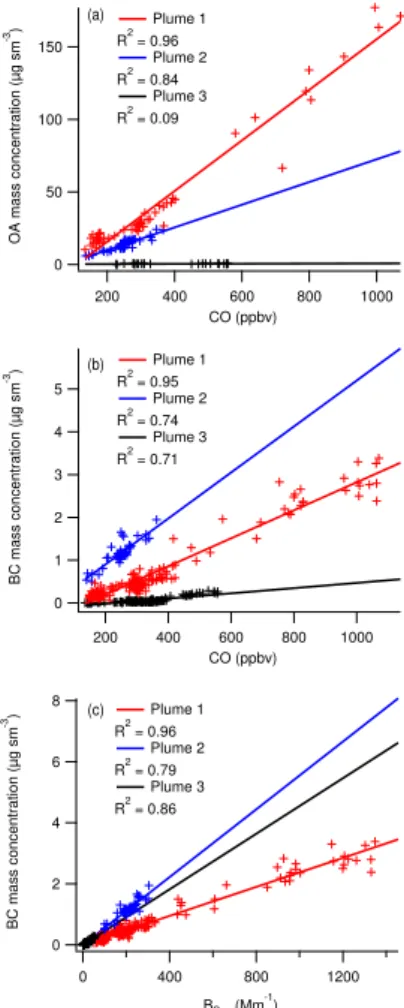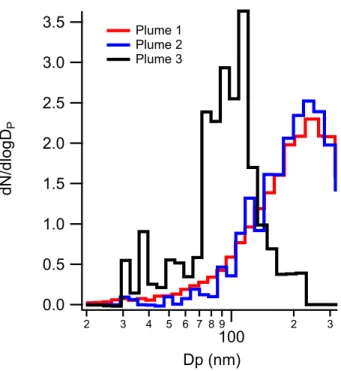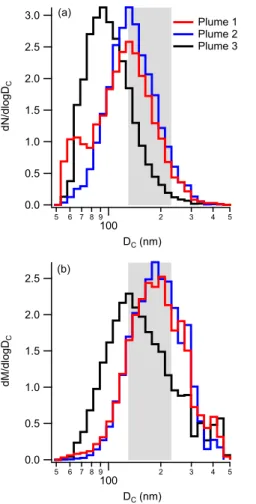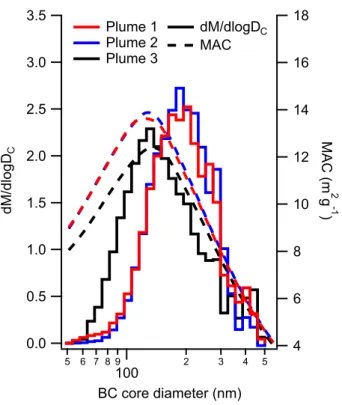Size-dependent wet removal of black carbon in Canadian biomass burning plumes
Texto
Imagem




Documentos relacionados
This 8% enhancement over the local background average was small compared to CH3Br mixing ratios of up to 15 pptv in fresh biomass burning plumes that were sampled during
Submicron aerosol mass fractions, shown as percentages with uncertainty ranges, considering black carbon, measured by the SP2, as well as non-refractory organics, sulfate,
We determined the ion response of the SP-AMS to biomass- burning particles as a function of SOA coating mass using two ions produced from refractory biomass-burning material – K + and
O., and Pöschl, U.: Biomass burning aerosol emissions from vegetation fires: particle number and mass emission factors and size distributions, Atmos. W.: Properties and evolution
of moderately fresh plumes with high aerosol loading in the BORTAS data. NO x /NO y ratios calculated from the ABLE 3B measurements typically have values less than 0.2 ppbv ppbv −
3.2.2 Comparison of SE-GC-MS and TE-GC-GC-MS results for LG in biomass burning aerosols Of the eight aerosol samples examined in the present study, four ( Pinus taeda , Oryza sativa
When the BORTAS measurements were compared to sim- ilar measurements made in boreal biomass burning plumes over eastern Canada by the ARCTAS-B and ABLE 3B cam- paigns, we found that
In order to study the role of biomass burning on GHG’s over study site we have analysed GHG’s emissions from biomass burning using long term (2003–2013) Fire Energetics and



